Month: August 2010
-
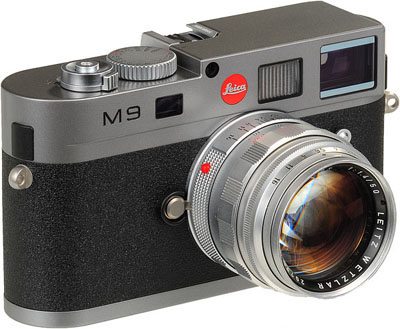
The Best Camera for Street Photography
Haha–tricked you. As there is no “best” paintbrush for a painter, there is no “best” camera when it comes to the street photographer. The camera is merely a tool, and there are different tools required for different situations and tasks at hand. In street photography as well as general photography, photographers can sometimes become more…
-
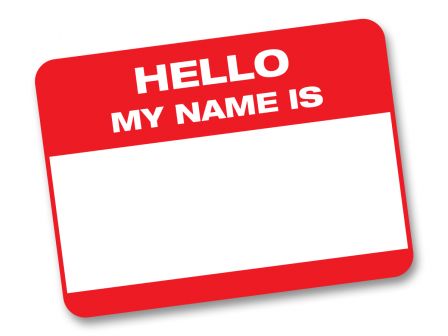
Please introduce yourselves!
Hey guys, So after my guest post on Digital Photography School for my “10 Tips for the Aspiring Street Photographer,” I have been getting a lot of love from the online photography community. In order to get to know you guys better (and for you guys to get to know one another better as well),…
-

The Top 4 Street Photography Techniques
When it comes to street photography, everybody has their own style and techniques. What interests one street photographer may not necessarily catch the eye of another street photographer. However in order for you to get a better grasp of what kind of styles there are in street photography, I have compiled a few elements that…
-
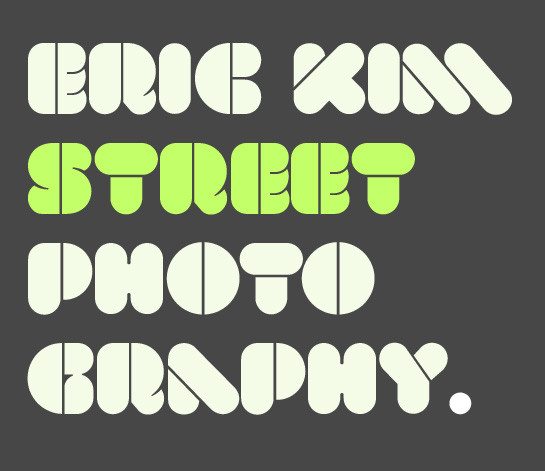
Eric Kim Street Photography Typography
I love typography. I played around with some new free font I picked up at Smashing Magazine and playing with color schemes from Colour Lovers and mashed this little piece up together. Leave me a comment below and let me know what ya think!
-
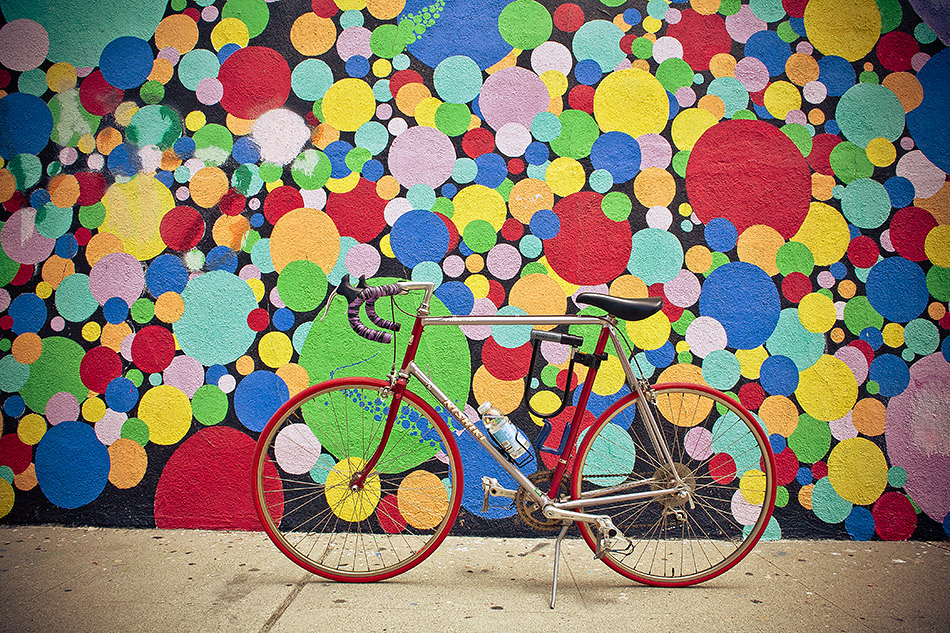
How To Buy an Amazing Road Bike for under $200
Whoever is looking for a bike, take this advice from my friend Miles’ step-dad. He was a competitive biker back in the day, and he still fixes bikes for a living. An amazing period, with a great wealth of information. Big thanks to him for helping me purchase my first road-bike, a Nishiki Prestige (pictured…
-
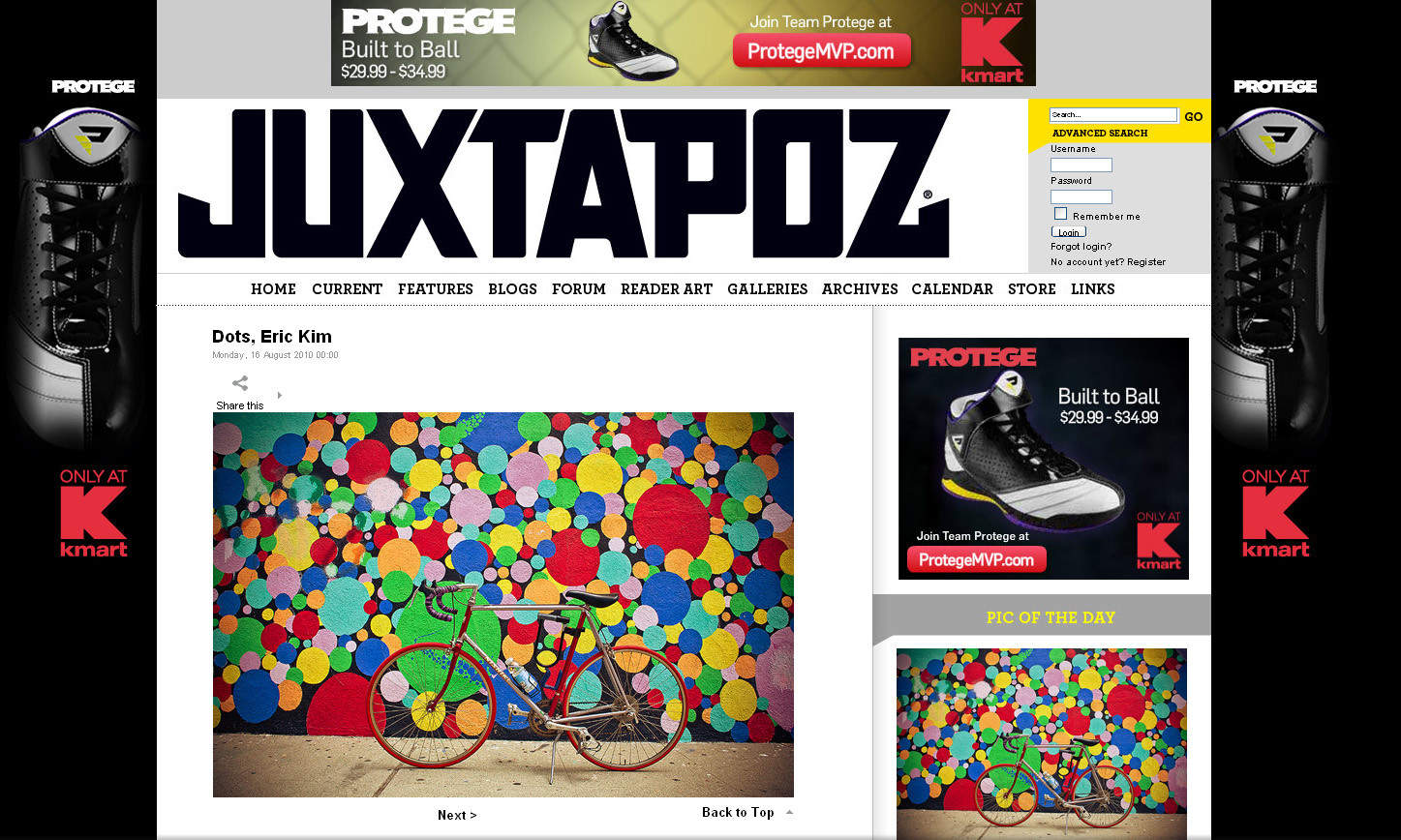
“Dots” Feature on Juxtapoz Magazine
Lately I have been trying to contact a bunch of Los Angeles art magazines to have them feature my work. One of the magazines that contacted me back was Juxtapoz magazine. I was lucky enough to get featured as their “pic of the day” on their site. Hopefully one day I could get featured in…
-

Street Photography 101 Guest Post on 7×5
Hey guys, Hope you guys had a great weekend and are ready for the rest of the week! Anyways recently, I had the great pleasure to write a guest blog post for a photography site called “7×5.” I wrote a somewhat easy-to-read post written very colloquially how a beginner can get started with street photography.…
-
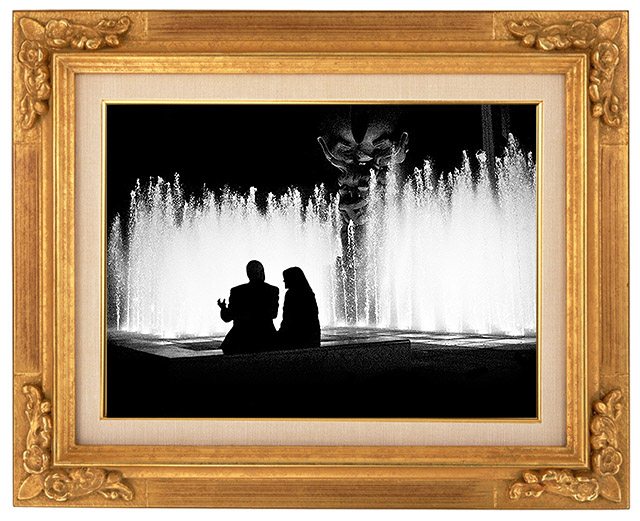
“The Conductor” – Framed
Inspiration from: Temujine.com
-
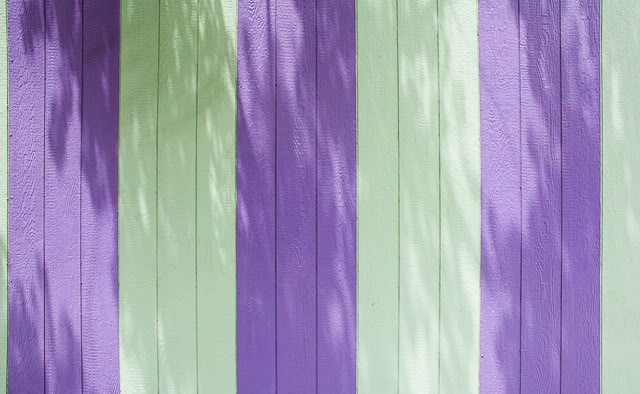
Los Angeles, Beverly Hills, Hollywood, and Fairfax Street Photography
So on this day, I decided I would do something fun with my street photography, which was to ride around on my road bike and take photos. I have never done this before, but I thought– hell why not. I then pondered where I wanted to go take photos, and I settled upon going to…
-
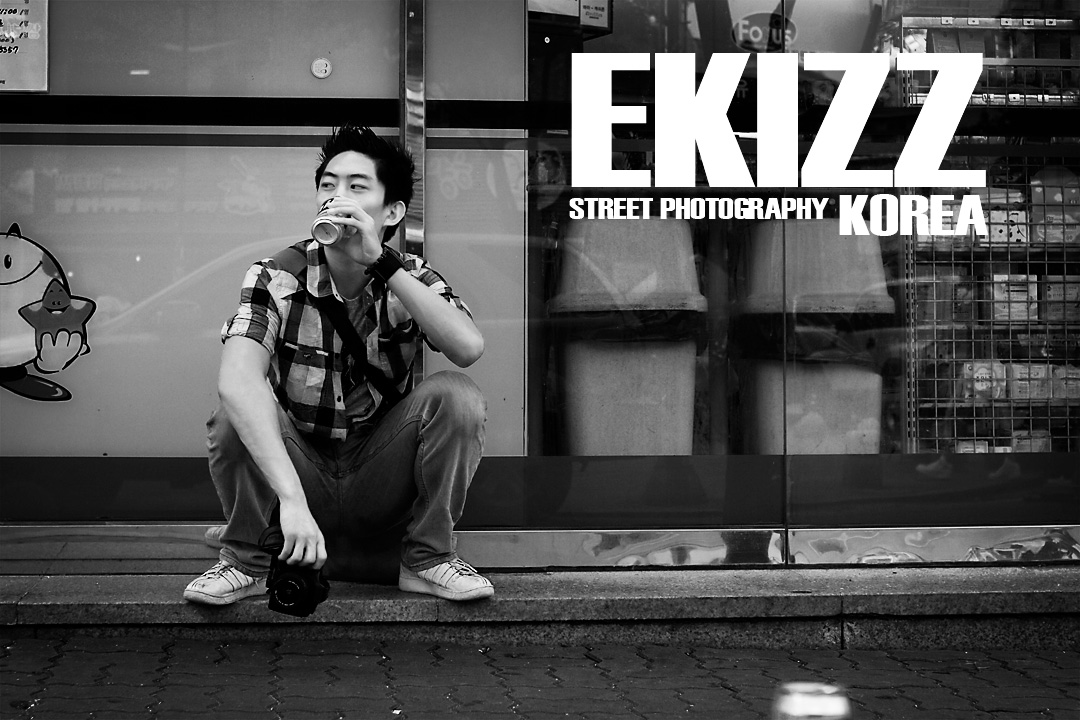
Street Photography, Korea. Portrait by Charles Choo Jr.
An old image taken by Charles Choo while we were shooting street photography in Seoul, Korea last summer. I had tons of fun with the guy, and this is an image of us drinking a beer in the middle of the day in public outside a Korean “7-Eleven.” Got to miss the good times in…
-
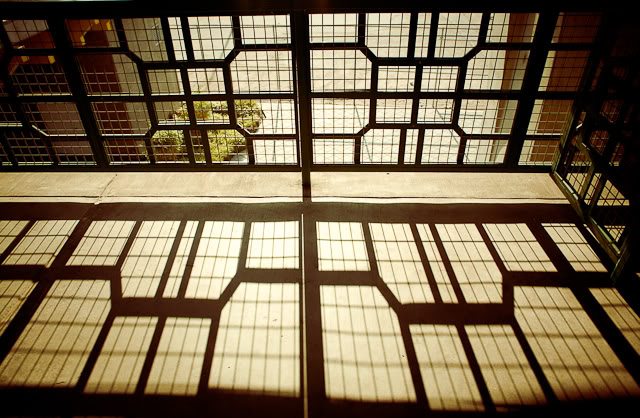
Chinatown, Downtown Los Angeles Street Photography
About a weekend or two ago, on a lazy Saturday morning, I decided that I was going to take photos that day–although not sure where or how I was going to get there. I therefore planned that I was going to check out the LA MOCA, and then took my stuff and jumped on the…
-

Jacob Patterson Street Portraits
My full-series of Jacob Patterson, a Los Angeles based artist who specializes in graffiti, shoes, and street art. A truly amazing and inspirational artist and person. I look forward in collaborating with him more in the future. I got in contact with Jacob, and he gave me a tour of the “ThinkTank” in Downtown Los…
-
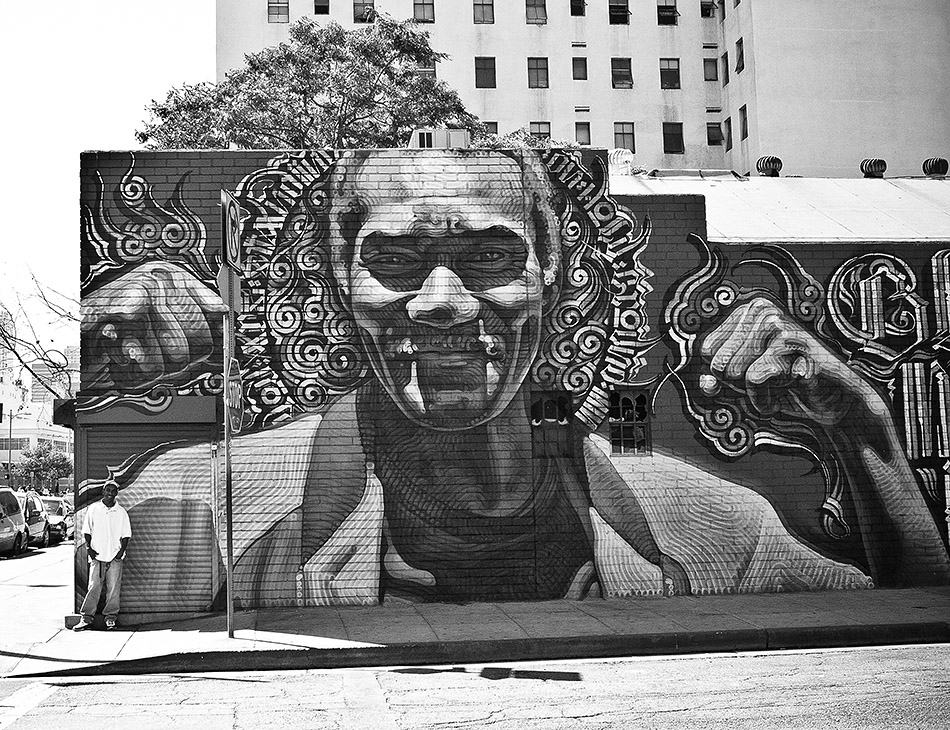
Serendipity – Street Photography 101
Serendipity. One of the most beautiful things about street photography. Stumbling upon something totally unexpected, but so intrinsically unique and beautiful it cannot be put into words. All of your sensations tingling, giving all of your sensory features a feast from a thing or a place that you have never known existed. Serendipity. A reward…
-
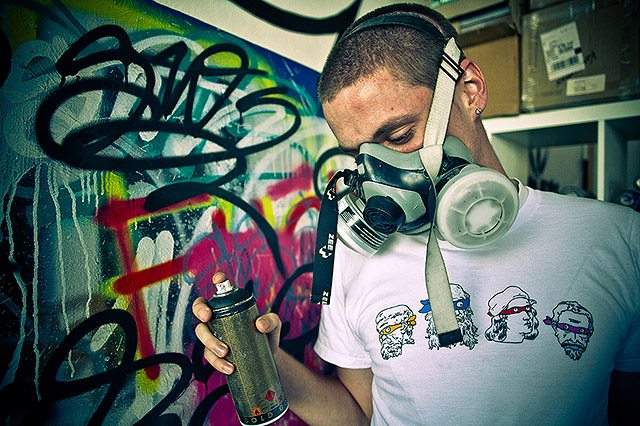
Jacob Patterson Portrait Sneak Peak
Was able to meet up with the famous Jacob Patterson over in Downtown Los Angeles, in the Fashion District where he is working on his art. Was able to snap a few photos of him. Since I’m super tired right now and cannot process all of these images, I’d like to at least give you…
-
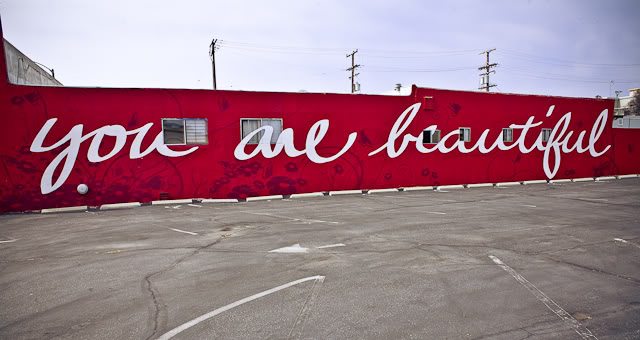
Santa Monica Street Photography Outing
Images from a recent visit to Santa Monica. Tons of great street photography to be done around here:
